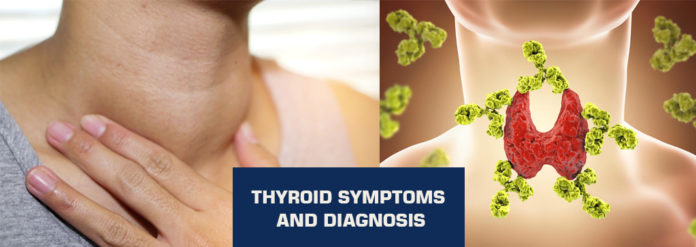Immune responses work to protect your body from different types of infections and damages. Sometimes the immune system starts producing responses that are undesirable. It identifies certain substances as harmful even if they are harmless.
It refers to a hypersensitivity response. An allergen or antigen refers to a foreign or toxic substance that triggers an immune reaction. Your immune system detects and then perceives these substances as a threat. It mounts a specific immune response to destroy these threats or substances.
Your body can produce different hypersensitivity reactions that depend on the exposure to a specific antigen and the response of your body toward it. A hypersensitive response sometimes becomes an extreme response. Hypersensitivity reactions have four types.
Type 1 Hypersensitivity Reaction
It leads to an immediate response and appears when a person becomes exposed to an antigen. The body starts producing a specific antibody known as lgE to respond to such actions. Different components are involved in triggering type 1 hypersensitive responses.
These components involve some products of food like nuts, soy, and shellfish and some animal sources like bee stings, cats, and rats. Moreover, some environmental sources that can trigger type 1 hypersensitivity responses are dust, mold, and latex.
Some allergic conditions can trigger the hypersensitivity type 1 response that includes conjunctivitis, allergic rhinitis, and allergic asthma. Different types of treatments are available for type 1 hypersensitivity reactions and it is associated with the cause of reactions.
Moreover, it is linked with how your body responds to it. Some people get the emergency medical care that has an immediate effect while other people who have mild symptoms require medications.
You should avoid different allergies to be protected from hypersensitive reactions. A doctor can suggest you antihistamine, adrenaline, and systemic glucocorticoids to recover from hypersensitive reactions.
Type 2 Hypersensitivity Reaction
Type 1 and 2 hypersensitivity reactions have some antibodies. The same antibody class triggers type 2 and type 3 hypersensitivity reactions that are called lgG. You can differentiate them from the antigen form that works to produce a response. Type 2 reaction involves IgM antibodies.
Type 2 hypersensitivity can cause reactions known as cytotoxic reactions. It means as the reactions trigger and your immune system responds to certain antigens, the healthy cells of your body start dying. It can cause long-term destruction of healthy tissues and cells.
Moreover, it can result in some complicated conditions like autoimmune hemolytic anemia, Grave’s disease, and autoimmune neutropenia. Some drugs can cause type 2 hypersensitivity reactions that include methyldopa, penicillin, cephalosporins, and thiazides.
Type 3 Hypersensitivity Reaction
Antibodies and antigens start forming complexes in the joints, skin, kidney tissues, and blood vessels in type 3 hypersensitivity reactions. Such complexes induce different reactions that can damage the tissues.
Some drugs that are composed of protein taken from different organisms can trigger type 3 hypersensitivity reactions. Animal sources can also trigger these reactions. These sources can be tick bites or insect stings. These reactions cause serum sickness and rheumatoid arthritis.
Moreover, they can lead to lupus and Henoch-Schonlein purpura. A doctor may examine the clinical history of an individual to diagnose these reactions. He conducts different assessments including some urine samples and blood tests.
Type 4 Hypersensitivity Reaction
These reactions are cell-mediated and white blood cells known as T cells work to control these reactions. There are many common causes of type 4 hypersensitivity reactions. It includes exposure to certain drugs, poison ivy, and metals.
Your doctor may use different ways to diagnose these reactions. It includes salivary gland analysis, X-ray, lymph node biopsy, and enzyme analysis. Treatment depends on your case. Doctors might suggest different treatments for different cases.
A doctor can prescribe you a topical steroid if you have contact dermatitis. But your doctor will prefer to use a normal procedure in case of tuberculosis. Many treatments are available for tuberculin-type hypersensitivity.
These treatments include medications like ethambutol, rifampin, isoniazid, and pyrazinamide. Doctors can also suggest steroid therapy in case of granulomatous type hypersensitivity. Do not ignore your symptoms if you suspect that you have any hypersensitivity reaction.
Schedule an appointment with a specialized doctor and discuss your condition. Never delay your treatment because it can sometimes prove life-threatening. Delay can lead to serious complications that become difficult to treat and manage later.
Tell your condition to your doctor and make sure to be property examined through tests that the doctor recommends. It will help your doctor to diagnose if you suspect any underlying health condition.




